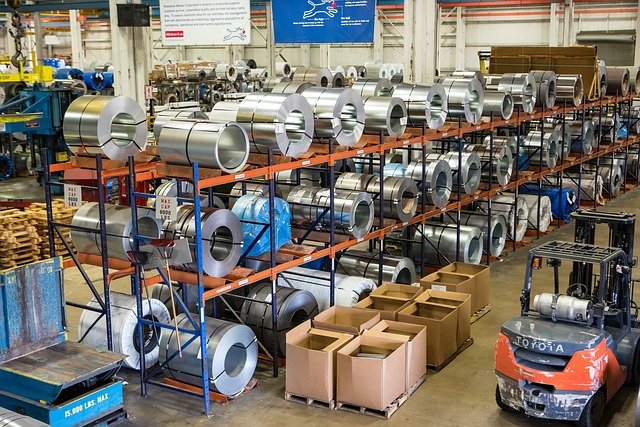Using data-driven layouts to reduce travel time and increase throughput
Applying data to warehouse layouts helps reduce picker and forklift travel by aligning shelving, pallets, mezzanine access and automation with inventory patterns. This article reviews practical layout strategies that improve throughput while maintaining safety, retrofit options, and sustainability considerations.

Reducing travel time in a warehouse is often less about faster equipment and more about smarter layout decisions based on data. By mapping SKU velocity, order profiles, and forklift paths, operations teams can reorganize shelving and pallet locations, add mezzanine access where it fits, and sequence inventory to minimize unnecessary movements. When layout choices are driven by measured throughput and density metrics rather than intuition, facilities typically see steadier flow, fewer safety incidents, and more predictable sustainability outcomes.
How can layout reduce travel time and increase throughput?
A data-informed layout focuses on placing the highest-velocity SKUs closest to packing and shipping areas, shortening typical picker and forklift routes. Heat maps derived from pick and travel logs reveal congestion points and underused aisles, allowing planners to adjust aisle widths, racking orientation, and staging locations. Combining demand forecasts with physical constraints can increase throughput by reducing cycle times and enabling more consistent staffing and equipment scheduling without sacrificing storage density.
What role does automation play in throughput and layout?
Automation—such as conveyors, sortation, shuttle systems, or pick-to-light—changes how shelving and pallet areas are organized. Data helps indicate which zones benefit most from automation based on order profiles, pick frequency, and SKU dimensions. Automation can reduce individual travel distances, speed order completion, and free floor space for higher-density racks or mezzanine installations. However, integrating automation requires aligning inventory flows and safety systems with existing forklift and human workflows.
How should shelving and pallets be organized for density and flow?
Shelving type and pallet placement determine both usable density and speed of access. Selective racking offers easy access to pallets but lower density, while drive-in or push-back systems increase density at the cost of accessibility. Data on inventory turnover lets managers mix systems—fast-moving SKUs on selective shelving near packing, slower SKUs in higher-density pallet systems. Proper slotting, combined with barcode or RFID tracking, keeps inventory accuracy high and reduces wasted travel searching for items.
Can mezzanine and retrofit strategies support sustainability and capacity?
Adding mezzanine storage is a common retrofit solution to increase usable floor area without expanding the building footprint. Data-driven decisions—based on weight distribution, access frequency, and safety constraints—identify which SKUs or workflows belong on mezzanine levels. Retrofitting racks and adding mezzanine structures can improve cubic density and reduce the need for distant off-site storage, supporting sustainability goals by lowering transportation and energy use tied to distributed inventory.
How does inventory management affect forklift usage and safety?
Inventory policies influence how often forklifts move and where they travel. Centralized storage of fast-moving items cuts travel but may increase congestion; distributed storage increases travel but can lower pick bottlenecks. Telemetry and tracking data reveal forklift routes and idle times so managers can optimize shift patterns, implement one-way aisles, and designate safe pedestrian zones. Combining layout adjustments with operator training and clear signage reduces incidents while maintaining throughput.
What metrics and data inform an effective retrofitting plan?
Key metrics include pick frequency per SKU, travel distance per order, pallet turn rate, aisle congestion counts, and space utilization percentages. Using these metrics, teams can prioritize retrofit actions—whether adding automated conveyors, changing racking types, or installing mezzanines—to maximize throughput gains. Simulation tools can validate proposed layouts against historical order profiles to estimate expected reductions in travel time and improvements in order completion rates.
Conclusion
Data-driven layout changes—grounded in inventory velocity, pick-path analysis, and throughput metrics—enable measurable reductions in travel time and more efficient use of shelving, pallets, mezzanines, and automation. Thoughtful retrofits and inventory policies that incorporate safety and sustainability considerations help maintain steady operations while increasing density and throughput across the facility.





